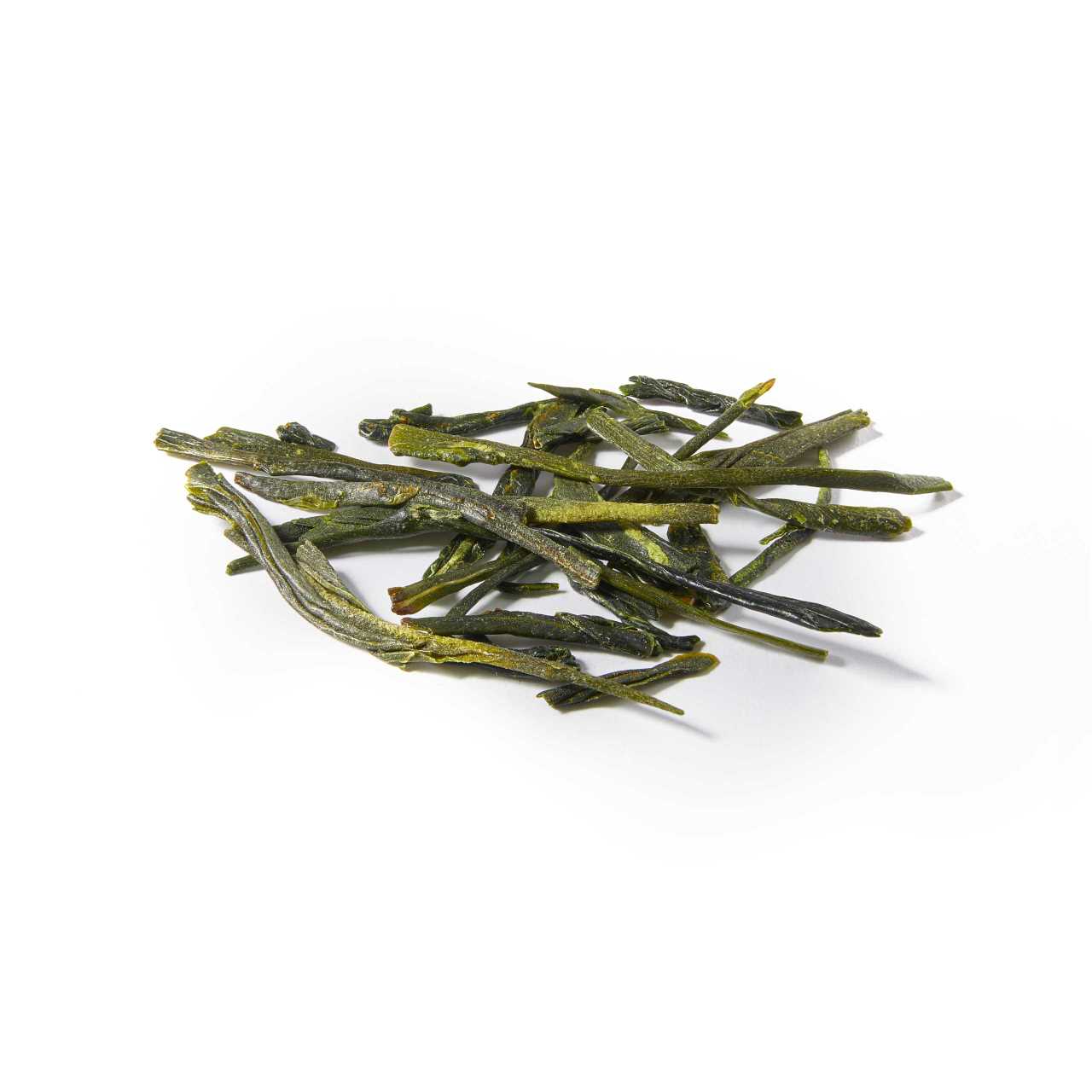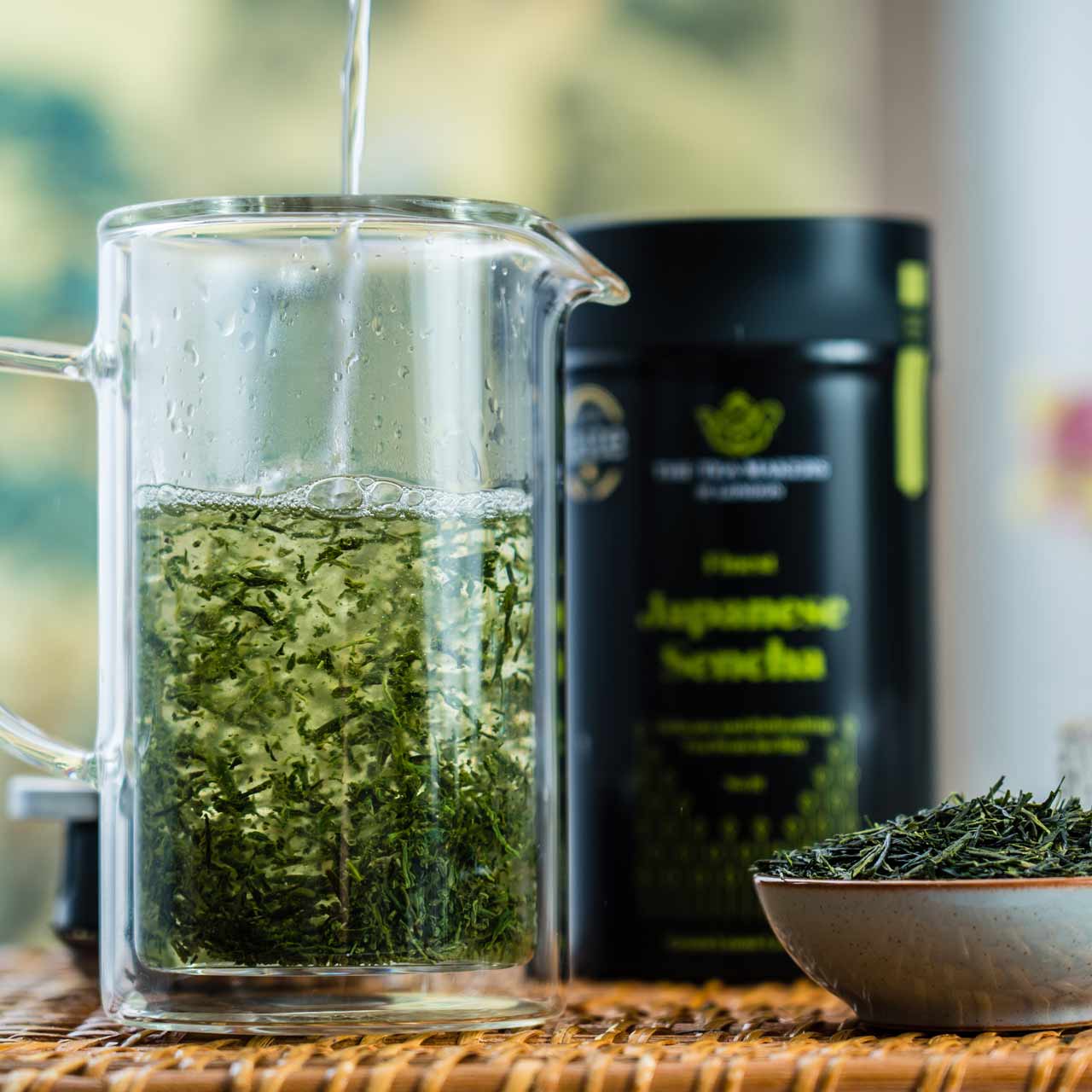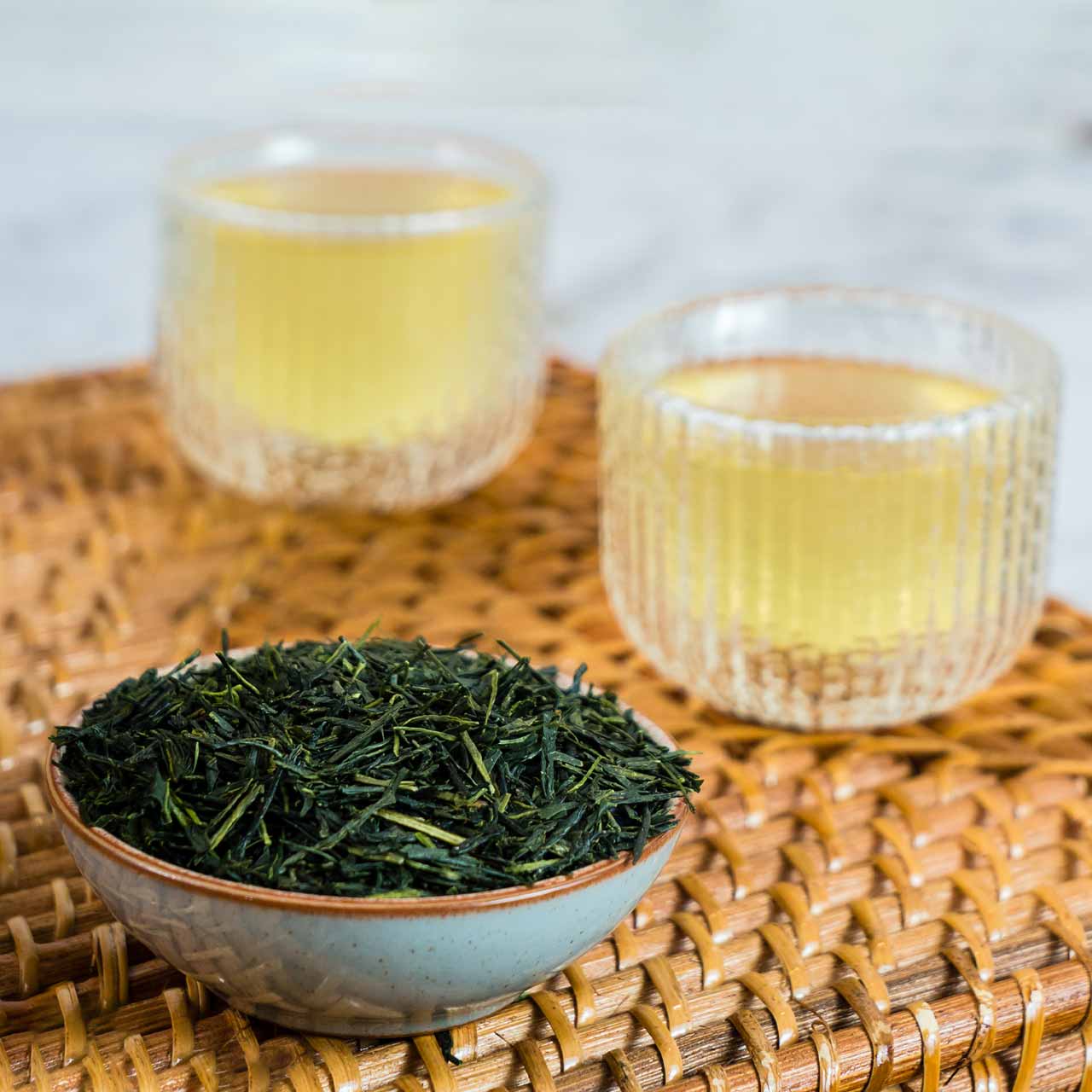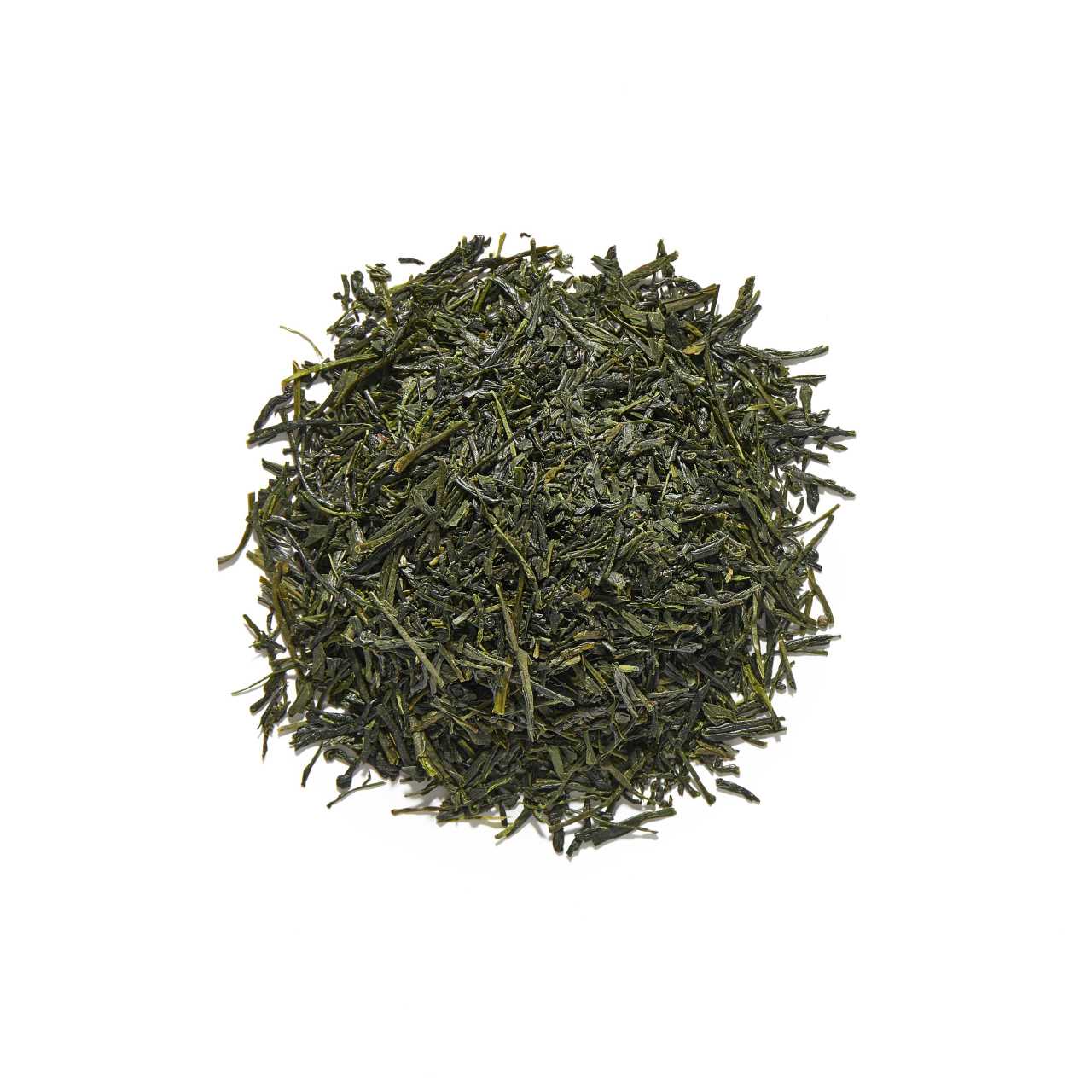



















Sencha - losse thee
An authentic loose-leaf Japanese tea with a clean green flavour, our award-winning Sencha is refreshing, grassy-sweet and delicious whether drunk hot or cold.
Choose options
An authentic loose-leaf Japanese tea with a clean green flavour, our award-winning Sencha is refreshing, grassy-sweet and delicious whether drunk hot or cold.
An authentic loose-leaf Japanese tea with a clean green flavour, our award-winning Sencha is refreshing, grassy-sweet and delicious whether drunk hot or cold.
Een authentieke losse Japanse thee met een zuivere groene smaak, onze bekroonde Sencha is verfrissend, graszoet en heerlijk, zowel warm als koud gedronken.
This tea has a clean, green flavour. Refreshing, grassy-sweet and delicious whether drunk hot or cold.
Japanese Green Tea

